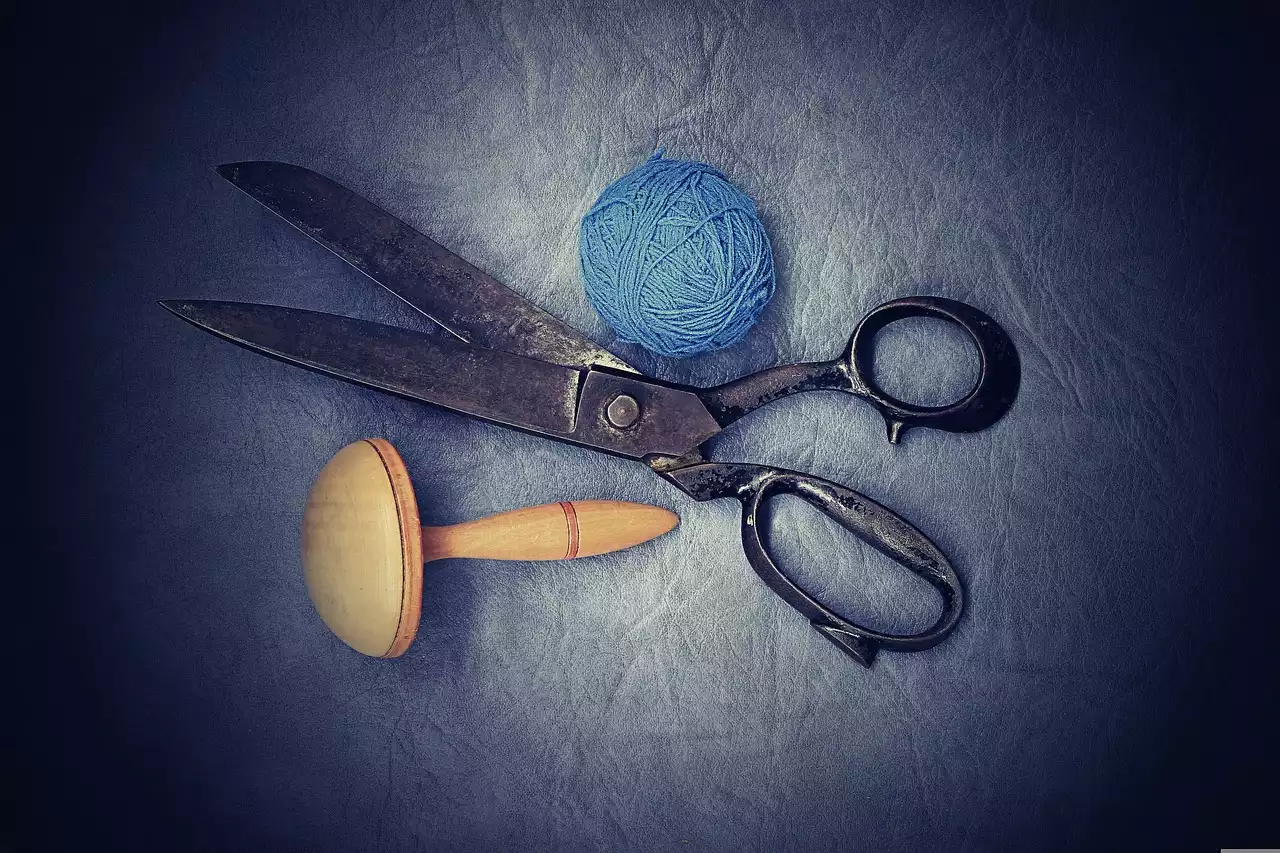When it comes to fashion, the French have a certain je ne sais quoi that other nations simply can’t compete with. The country’s rich history of artistry and literature has helped its designers flourish in the various fields related to fashion. French fashion is renowned for its high standards of quality and attention to detail. With roots dating back centuries, French couture has stood the test of time and remains one of the most revered styles in the world today. From Haute or high-end luxury clothing to casual street wear, consumers are willing to pay top dollar for anything with a French label on it. To help you get acquainted with this exciting new field, we have compiled a list of resources dedicated to providing information about all things related to French couture custom-made clothing.
What is French Couture?
French couture is a type of high fashion that is hand-made by a small team of skilled tailors and designers. It is an exclusive luxury brand that is made-to-order for each client. Related to haute couture, the term "couture" refers to high-end, expensive clothing. French couture clothing is made from high-quality fabrics and often uses hand-stitching and beading. The difference between French couture and haute couture is that French couture is made by only one designer while haute couture is made by a team of designers. However, both are extremely high-quality and expensive.
The History of French Couture
Before the term “couture” was used to represent high-end fashion, it was first used to denote a group of people who lived in the French countryside. This group of people were skilled craftsmen who performed manual labour, mainly in the textile industry. The first signs of couture as we know it today can be traced back to 1775 when the term was used to denote a specific type of fabric that was used for clothing. Couture as we know it today, however, was formed in the late 19th century, when Parisian designers began creating exclusive clothing for the upper class. It was in this period that the term “haute couture” was first used, and it was applied to the specific type of high-end fashion that was being created in Paris. This type of fashion was worn by the upper class, and it was manufactured by a team of tailors who worked under the direction of a single designer. The first haute couture house was established by Charles Frederick Worth, who is often considered to be the “father of couture” and the first person to use the term “haute couture.” Although the term “haute couture” was used as early as the 1860s, it wasn’t until the 20th century that the term became synonymous with high-end fashion.
Types of Custom Made Clothing
- Ready-to-Wear Clothing - Ready-to-wear clothing is a manufactured garment that is put on the market in a completed form. It is made in advance and is usually sold in stores and online. Products are often made in large batches, using machines and assembly line production, with each item being exactly the same as the next. Ready-to-wear clothing is usually mass-produced in less expensive and less complicated fabrics is often less colourful and is designed for a general audience. Some examples of ready-to-wear garments are T-shirts, jeans, and sweaters.
- Semi-Custom Clothing - Semi-custom clothing is a garment that is made-to-measure (custom) but is manufactured using standardized patterns from a manufacturer’s pattern book. This type of garment is made to order but not by a tailor or seamstress. It may also use some standardized materials. Examples of semi-custom garments are uniforms and lab coats.
- Custom Clothing - Custom clothing is made-to-order garments where every single detail is customized, often to the specific measurements of the wearer. It’s made with an individual pattern and fabric and is often made by hand. Examples of custom garments are bridal gowns, wedding dresses, and medical scrubs.
Working Conditions for Sewers
Working conditions for seamstresses and tailors can be incredibly difficult and challenging. While some employers provide high-quality work environments, many workers are forced to work in poor conditions in order to meet the customers’ high expectations of quality. The average working day for seamstresses and tailors can last anywhere from 8 to 16 hours, depending on the type of clothing being produced. During the 18th and 19th centuries, many workers in the ready-made clothing industry worked in poor conditions. Many employers were not concerned with the well-being of their workers and did not provide safe work environments. In fact, many women in the ready-made clothing industry were subjected to horrible abuse, including sexual harassment and inadequate working conditions. Today, conditions for workers in the ready-made clothing industry have vastly improved and most regulations have been put in place to protect these workers from working in unsafe conditions.
Conclusion
As you can see, the world of French couture custom clothing is a fascinating one that is worth learning more about. From the hand-stitched garments to the rich history of the industry, there’s a lot to explore here. The resources we’ve listed in this article will provide you with everything you need to know about this exciting field.


 All You Need to Know About Keeping Hamsters
All You Need to Know About Keeping Hamsters
 Cribs with an Attached Changing Table
Cribs with an Attached Changing Table
 Stewing and What Meat Cuts to Use
Stewing and What Meat Cuts to Use French Fashion Design for ladies
French Fashion Design for ladies French Couture and Vintage Accessories
French Couture and Vintage Accessories French Couture Jewelry is on another level
French Couture Jewelry is on another level Fashion and Couture Tips for Men
Fashion and Couture Tips for Men